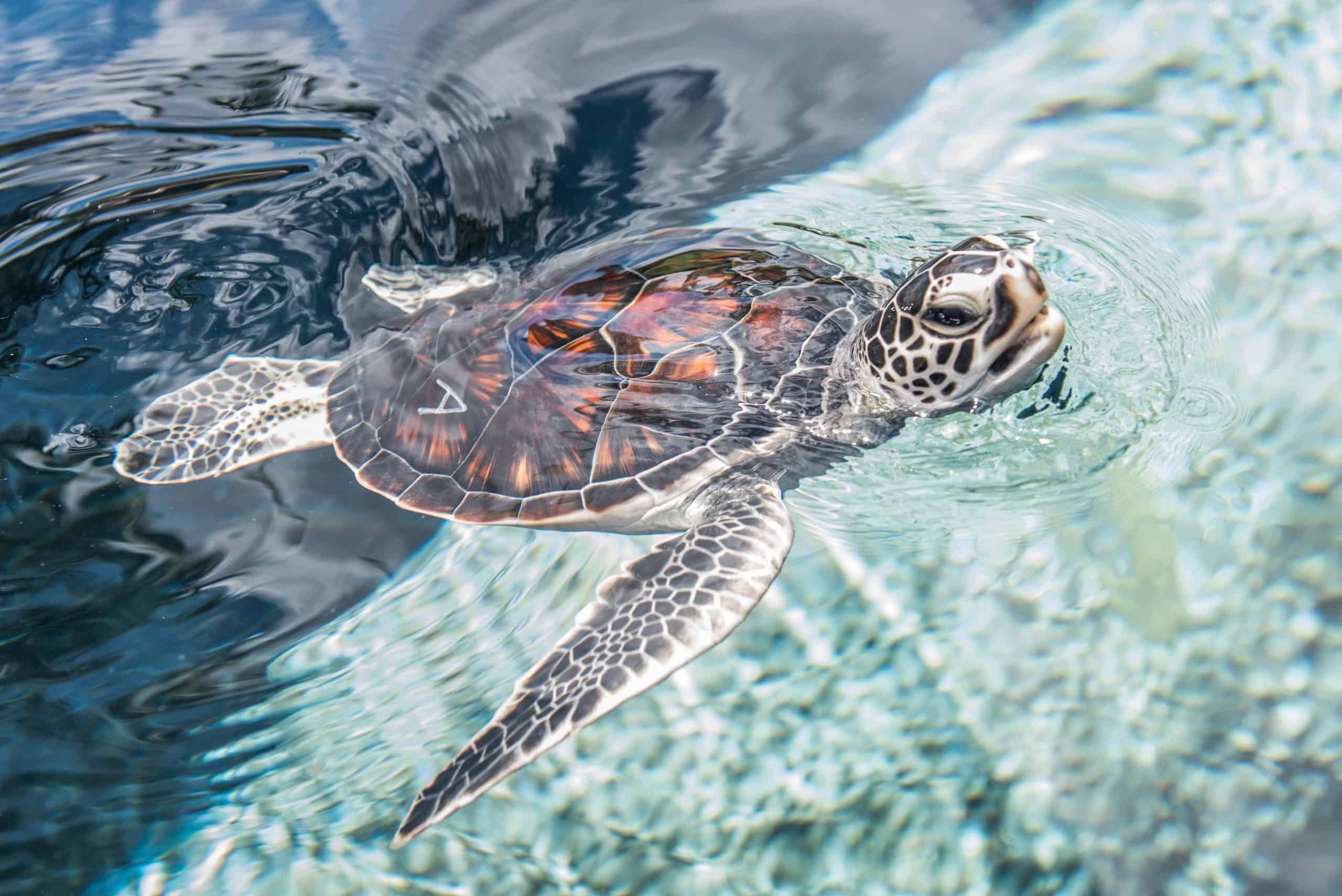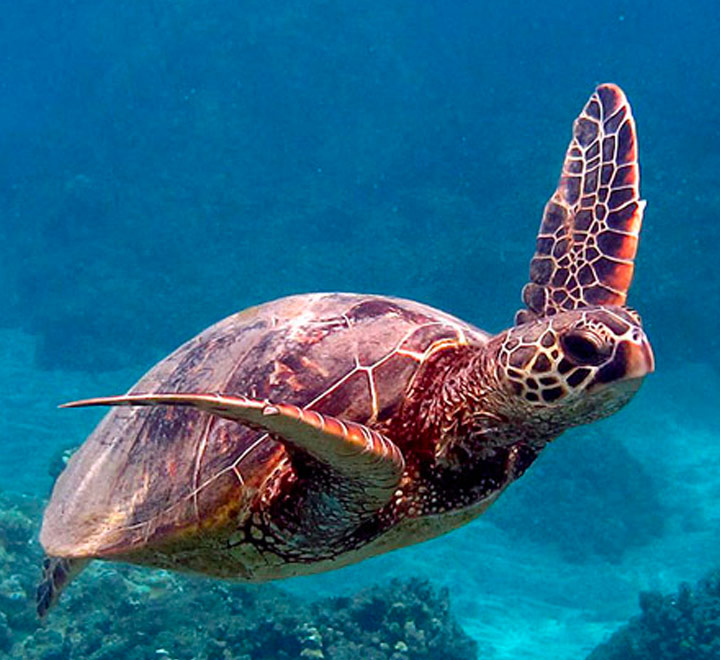Hawaiian sea turtles are listed as threatened, not endangered, under the Endangered Species Act. These turtles face numerous challenges in their natural habitat that contribute to their threatened status.
The unique ecosystem and delicate balance of Hawaii’s coastal environment play a significant role in the well-being of these magnificent creatures. We will explore the factors affecting Hawaiian sea turtles’ population, their conservation efforts, and how individuals can contribute to their protection.
By understanding the status of these turtles and the importance of their preservation, we can ensure the long-term survival of this cherished species. So, let’s delve into the world of Hawaiian sea turtles and the measures taken to safeguard their future.

Credit: www.wildhawaii.org
Background On Hawaiian Sea Turtles
Hawaiian sea turtles, also known as Honu, have a significant presence in the waters surrounding the Hawaiian Islands. These majestic creatures are an integral part of the marine ecosystem and hold great cultural importance for the native Hawaiians.
| Types of sea turtles found in Hawaii | Importance of Hawaiian sea turtles |
|---|---|
|
|
It is crucial to preserve the habitat and protect the existence of Hawaiian sea turtles to ensure the continuation of their ecological significance and cultural heritage.

Credit: mauioceancenter.com
Threats To Hawaiian Sea Turtles
Threats to Hawaiian Sea Turtles include human activities, climate change, and habitat loss. Human activities such as pollution, coastal development, and illegal harvesting pose significant risks to the survival of these endangered species. Pollution from urban runoff and marine debris can harm sea turtles through entanglement or ingestion. Coastal development leads to increased habitat destruction and disturbance, disrupting nesting and feeding grounds. Illegal harvesting for their meat, eggs, shells, or as pets further threatens their populations.
Climate change is another major threat faced by Hawaiian sea turtles. Rising sea levels, ocean acidification, and changing temperatures affect their nesting beaches and foraging areas. These changes can alter the sex ratios of hatchlings, impact reproduction and migration patterns, and reduce their food sources.
Habitat loss due to coastal erosion, beach erosion, and destruction of coral reefs also jeopardizes the survival of Hawaiian sea turtles. These habitats are essential for their nesting, basking, and foraging activities, and their degradation can disrupt their life cycles and lead to population decline.
Conservation Efforts For Hawaiian Sea Turtles
Protection under the Endangered Species Act:
Hawaiian sea turtles, also known as honu, are protected under the Endangered Species Act. This federal law provides crucial safeguards for these magnificent creatures, recognizing their declining population and the need for conservation efforts. As a result, various initiatives have been implemented to protect and preserve their habitat and overall well-being. One such effort is the beach monitoring program, which involves regular surveillance and data collection on sea turtle nesting sites. This helps researchers gain valuable insights into their nesting habits and population dynamics.
Beach monitoring is complemented by nest protection programs, which involve the installation of protective barriers around identified nests to prevent disturbances from predators and human activities. These initiatives aim to ensure a safe and suitable environment for sea turtles to lay their eggs and for hatchlings to make their way into the ocean. By safeguarding their breeding grounds, these programs play a significant role in the long-term conservation of Hawaiian sea turtles.+

Credit: eos.org
Current Status Of Hawaiian Sea Turtles
The current status of Hawaiian Sea Turtles reveals both positive and concerning population trends. The Green sea turtle (honu) population has shown signs of recovery over the years, thanks to successful conservation efforts. The number of nesting females has increased significantly, indicating a positive outlook for this species. However, the Hawksbill sea turtle (honu’ea) population remains critically endangered, with a limited number of individuals nesting in Hawaii.
Conservation measures have played a crucial role in protecting Hawaiian sea turtles. Stringent regulations, such as limiting fishing activities and protecting nesting sites, have helped prevent the decline of these vulnerable creatures. Furthermore, public awareness campaigns and community involvement have aided in promoting responsible eco-tourism and reducing human disturbance to sea turtle habitats.
However, despite these efforts, challenges persist. Illegal poaching, habitat degradation, climate change, and marine pollution continue to threaten the Hawaiian sea turtle population. Continuous monitoring and research are necessary to better understand and address these threats. Promoting sustainable fishing practices and educating local communities are vital in ensuring the long-term survival of these magnificent creatures.
Conclusion
Overall, Hawaiian sea turtles face numerous threats, but their population is slowly increasing thanks to conservation efforts. The endangered status of these beautiful creatures has inspired initiatives to protect their nesting sites and habitats, educate the public, and enforce regulations against illegal hunting and fishing.
It is crucial to continue these efforts to ensure the long-term survival of Hawaiian sea turtles and preserve the rich biodiversity of our oceans. Together, we can make a difference in safeguarding these fascinating creatures for future generations to enjoy.





Leave a Reply